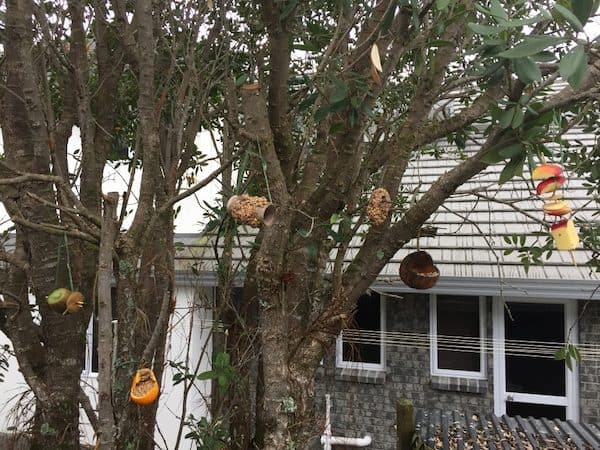
Inspired by a class project at Greenhithe Primary School, I decided that I wanted to make something yummy to feed the birds. I think I was a bit more excited than my little man, but none the less, he got involved during the holidays and we LOVED seeing who came to join us for kai.
I loved the simplicity of the task for the class. They were only allowed to use materials and things that they already had at home, with one of their main topics for the term being recycling and reusing. I was very impressed with what the group of five and six year olds produced.
The children also took part in the 2020 New Zealand Garden Bird Survey, along with the help of Nicola from Friends of Wainoni Park Community Group, which came to an end on 5th July. A whopping 7,318 surveys were submitted across the country, where 335,974 birds were counted, with 137 different species identified. WOW!
“It’s important we have as many New Zealanders complete the survey as possible to get a full picture of what’s happening to our garden bird populations across the country”.
Until you can take part next year why not have some fun with the Whanau getting in some practise. Here’s what you need to do. Select your garden, park, or school. Then, simply look and listen for birds for ONE hour. Record the HIGHEST number of a bird species observed at one time. If you’re not too clued up on which bird is which, [putting my little hand up here], there are some great tools on their website to learn bird calls, take a bird quiz or try the fun activities. The results of last year’s survey, 2019, are also available online.
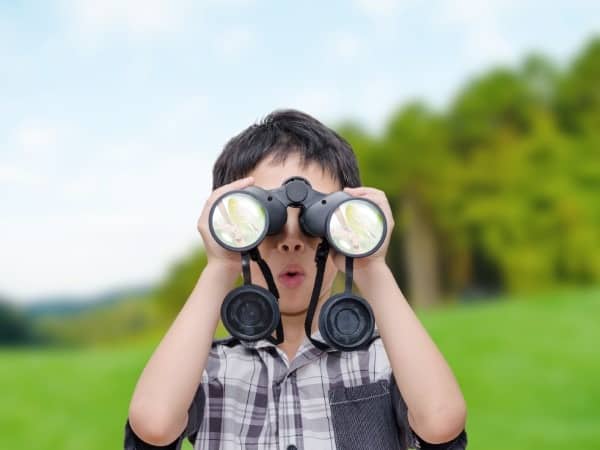
My Son and I are fascinated at the array of beautiful birds in our garden. I love nothing more than starting my day sitting quietly with a cup of tea, listening to them sing while the sun comes up. Of course with a seven year old this is a rarity, perhaps that’s what makes it so special, but this is definitely one of those moments I try to steal for myself when filling up my bucket.
Without fail our little feathered friends turn up daily when they’re hungry, cocking their suspicious heads at us before fleeing into the trees when we slowly move inside the house. We even had one cheekily tap his beak on the glass to let us know he was there and ready for feeding.
I definitely felt conflicted when deciding if I would feed the birds. Would they become reliant on us for food and stop foraging? Would I attract birds from a different habitat who would push out our birds living locally? I decided not to do it everyday and to ensure I changed the times for feeding so I didn’t create a “routine” for them.
I wanted to research what I could and couldn’t make for them and I found it a little overwhelming at the vast amount of information online and the very many dos and don’ts. My aim was purely to make something simple for them to eat, using only items that I had at home. A bit like on those rainy days when you’ve heard “I’m bored” one too many times and you need something creative to do that doesn’t require the effort of packing bags, coats, snacks, drinks and getting out of the door to go in search of things you didn’t know you needed or of course, my classic, buying way more than I needed!
So what did I learn? There is a huge list of items that are dangerous for birds to eat, much the same as there are for other animals. Part of me feels very strongly that birds would already be aware of what they should and shouldn’t eat given that they would feast on meats and fruit that have already fallen to the ground and no-one removes pips or stones for them. So what difference would it make by popping some apples and oranges out for them?
When I was breeding Monarch butterflies in the summer I read that birds will try to eat the butterflies. Due to the milkweed they feed on as caterpillars they taste disgusting to the birds and after one or two butterfly meals they soon learn not to eat them! Which makes you realise how intelligent this species actually are.
“There is much debate about the pros and cons of feeding wild birds. Claimed negative effects include the spread of bird diseases, increased risk of predation, increased aggression and stress, nutritional imbalance, dependence on human-provided food, and an over-abundance of dominant or unpopular species. Claimed positive effects of feeding wild birds include improved survival of birds over winter, enhancement of threatened bird populations, increased environmental awareness among the human population, and enjoyment for people who feed birds.” **
**Manaaki Whenua, Landcare Research also go into detail about how to feed the birds – who knew that there were so many ways in which to serve up their tasty treats? There is actually a lot we can learn and teach our children about feeding our local manu.
What’s good & what’s not?
Good for birds: fat, fruit, dried fruit soaked overnight, seeds.
Not good for birds: salt, mouldy food, pet biscuits, milk honey, porridge, desiccated coconut, bread.
And whats-more, each breed of bird has their particular favourite meal. Not that I have ever spotted a fussy bird. I can still remember hearing Mum’s voice when I was younger, “If you’re hungry you will eat what’s put in front of you”, or perhaps that’s because those wise words echo through my home from time to time. I’m also sure the same can be said for our birds.
Depending on where you live, you can certainly use this information to tailor the food to those birds that you spot regularly or to attract new birds. Of course, it is important to consider what else this food may attract as we certainly don’t want to put the birds in danger and this is important to consider when deciding how and where to feed. Just remember that wherever they feed…they tend to poop. Here’s an older blog of ours detailing some specific birds and their preferences.
So what did we make at home? We kept it really basic and used good fats to bind a variety of seeds from the pantry [leftover from when I convinced myself I would make these amazing seed crackers – epic fail!].
We moulded the mix into into a block, much like the ones you can buy at the garden centres. After placing carefully outside, in view of the lounge window, we waited patiently with the camera poised. At first there was no action …and so we waited…..and waited…nothing happened. Of course, as soon as we moved out of sight it was devoured and we came back to find there wasn’t a crumb in sight. Success! [aside from capturing the moment].
So, for our blog we wanted to make some more treats, especially now that we knew our bird food culinary skills were up to scratch and worth sharing.
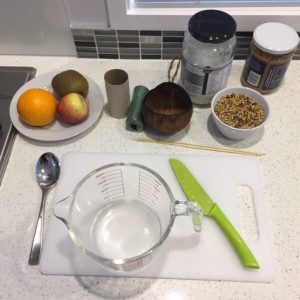
What you need (the basics):
Coconut Oil
Seeds
Baking paper
(yes – that’s it…..after making a hole in the food shapes and allowing it to set, you can simply hook it onto a branch!)
Optional:
[remembering that we are tying to use items already found at home]
Empty coconut shell [we have one from an old purchase from the garden centre]
Orange skin – mostly in tact if you can manage it
string
skewer [or something equally long and sharp – recommend that a grown up helps with this part]
peanut butter (no added salt)
dried fruits, soaked in water
Any other fruit you feel like sharing.
What to do:
Eli and I did not measure anything out, we guessed and went with how it looked and felt. And wow, your hands feel so soft and smooth afterwards.
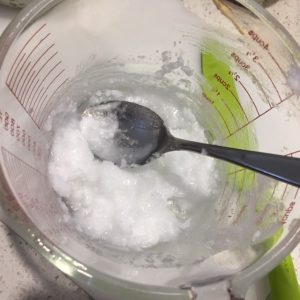
Allow the coconut oil to soften at room temperature. If it’s too cold, melt it a little in the microwave or a saucepan taking lots of care and asking a grown up for help. It shouldn’t be hot – if it becomes too hot, allow it to cool before using. We want the coconut oil to be melted just enough so that we can mix the other ingredients into it and then of course we are going to shape the mixture.
Take all the other foodie ingredients you are using and mix into the coconut oil, stirring well.
Take the mixture and create small balls, blocks, or use some cookie cutters that might already have to create shapes.
Pierce a hole in the shape using the wooden skewer. We will use this hole to thread the string through once the mixture is solid.
Place onto the baking paper and pop into the fridge to harden.
Once it has hardened, put the string through and hang outside in a tree.
An alternative would be to use the orange shell as a small feeding bowl. Cut one segment out, use the skewer to pierce a hole while the orange is full. Then, using a tablespoon scoop out the orange, snack on the orange whilst filling the shell with the food mixture. Feed the string through the orange and pop into the fridge. Once it is cold and has set, hang into a safe spot for the birds. Sit back and watch the feeding frenzy.
We had an old coconut we also filled with the same mixture. And, following on from the school’s ideas, we used an old toilet roll which we smeared in peanut butter and stuck the mixture to. Then we decided to make an apple and kiwi kebab stick, carefully snipping off the sharp pointed end. The party is in our back garden today!
Okay…so we went a little bit crazy, but it was worth it to hear – “That was so much fun Mummy!”. He then promptly finished the orange and left me with the washing up! (Am still waiting for him to come back asking to be paid for “working”).
If you would like to get involved with a year-round bird project take a look at New Zealand Bird Atlas.
About the Project
Birds New Zealand is embarking on the country’s largest ever citizen science project to map the distribution and abundance of our beautiful country’s birds.
Do your part in helping Birds New Zealand carry out this exciting and ground breaking project.
To ensure good coverage of New Zealand, the country has been divided into 10x10km gird squares, with a total of over 3,200 squares across the entire country. Our aim is to ensure we have at least one complete checklist from each habitat within these squares; and for each season (Spring, Summer, Autumn and Winter) during the five year data collection period.
Download the eBird app or visit the New Zealand Bird Atlas website and start submitting completed checklists today and help be a part of protecting the future of our birds. Or simply follow them on Facebook and Instagram to track the Atlas project and keep up to date with their latest findings.
I would love to hear from you in the comments with your own ideas or past projects. Or please use Facebook and Instagram to share your photos, top tips and stories. Am sure my basic recipe for scrumptious delights can always be improved upon.
We hope you’ve enjoyed our blog today, as much as we’ve enjoyed writing it for you. Enjoy the rest of the school holidays.
Sabrina & Eli x


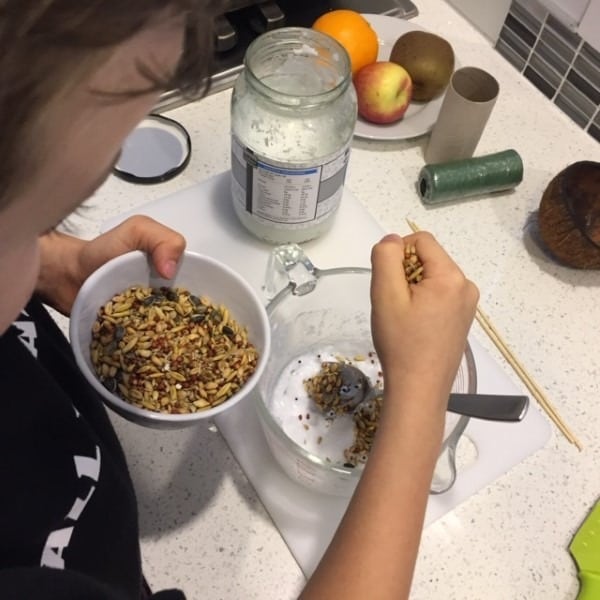
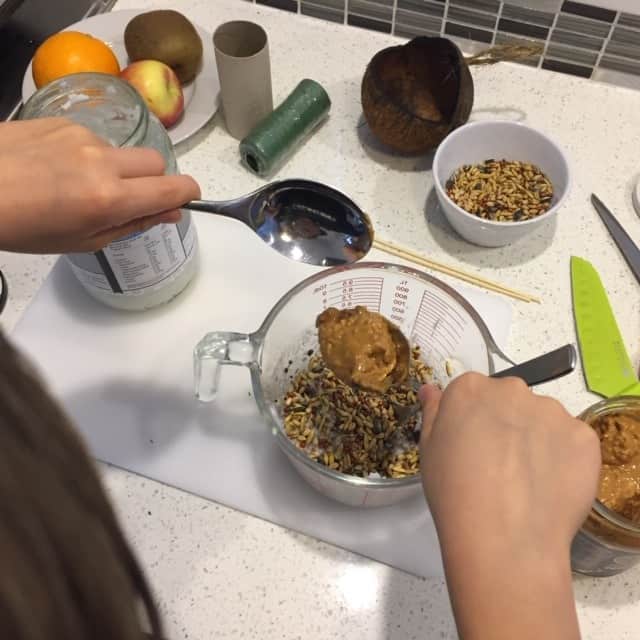
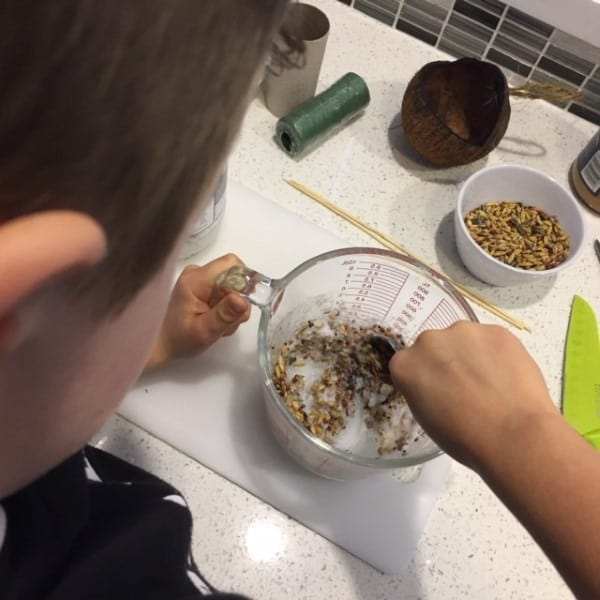

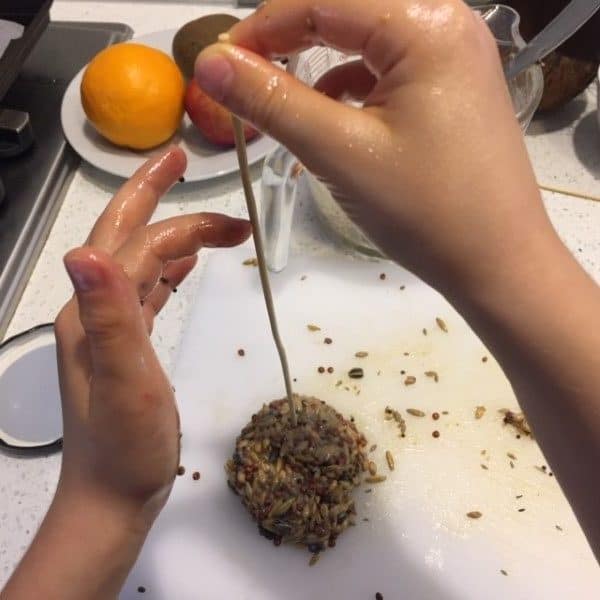


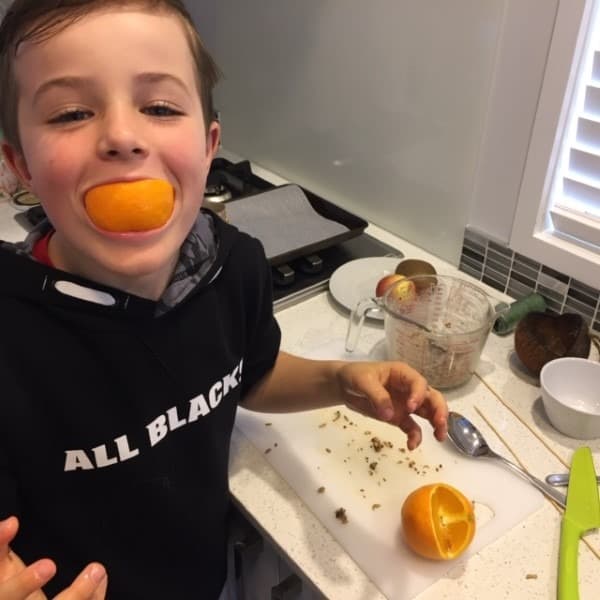
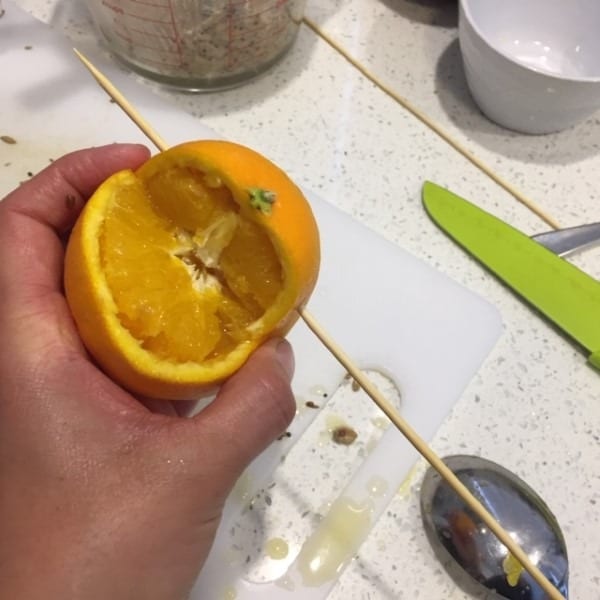
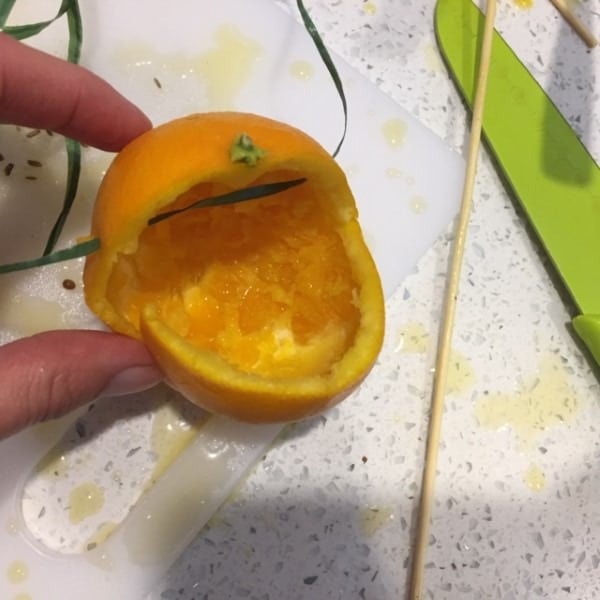
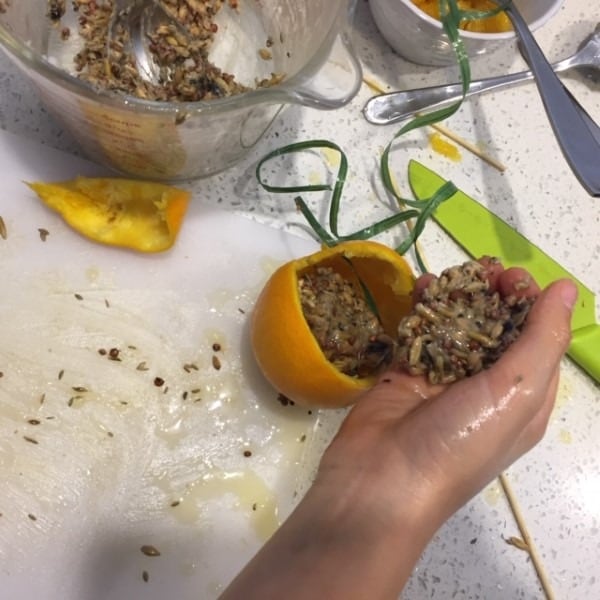


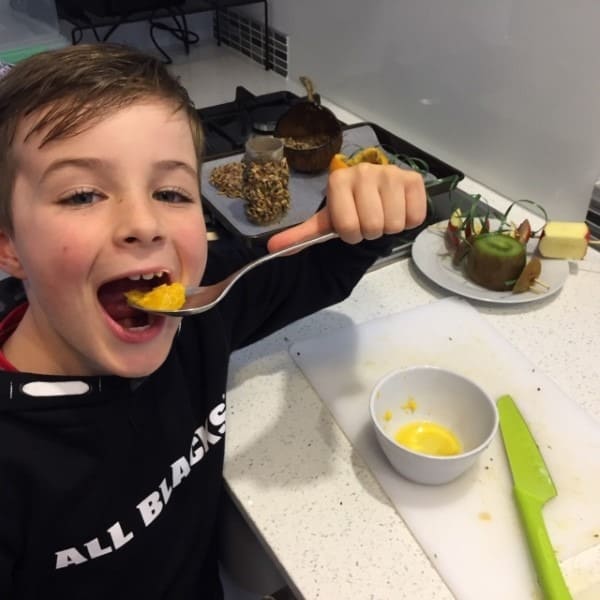


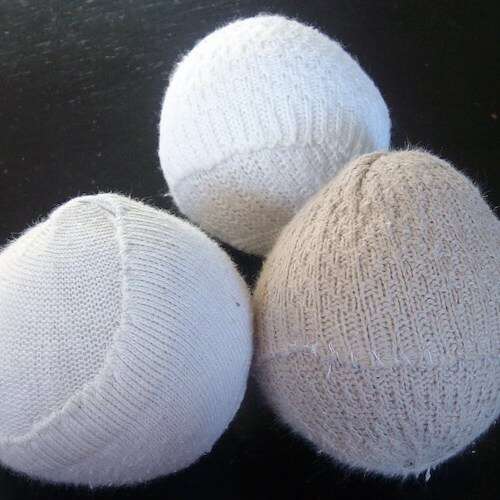
About The Author: Callumfatweb
More posts by Callumfatweb